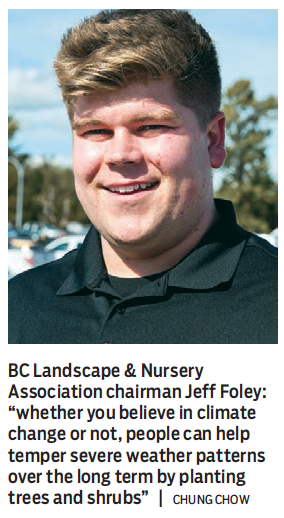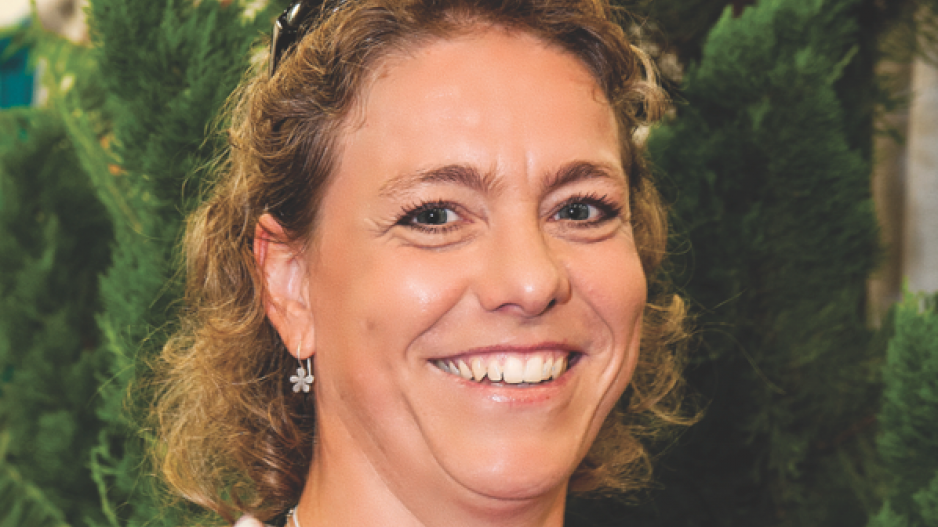For Heike Stippler of Whistler-based landscaping company Heike Designs, 2015 has been a roller-coaster.
The past six months in particular were a ride that began at breakneck speed, with a summer that started almost a month early, forcing Stippler to do something she’d never done before.
“I hired people in March,” said Stippler, who’s been working in the area for close to 15 years. “I’ve never hired people in March in all the time I’ve been doing this. It’s usually April when I have a full crew up and running.”
Heiki Designs, which usually employs about six full-time workers from spring to fall – the busy season for landscaping – suddenly got hit by another weather anomaly.
“Then the heat came in, and it got hot and dry,” she said. “So that changed everything around a little bit more with the water restrictions. And to some degree it slowed growth down, and it obviously slowed down our workload.”
Landscaping is big business in B.C. According to the BC Landscape & Nursery Association (BCLNA), British Columbians spend approximately $485 million annually on garden supplies and landscaping services. Though the sector is not as susceptible to weather whims as farming is, unseasonable spells can still have a significant financial impact.
Stippler was forced to spread out jobs throughout the summer to keep her staff on. But she avoided laying anyone off despite what was one of the Lower Mainland’s hottest, driest summers on record. Stage 3 water restrictions in many areas meant landscapers couldn’t use soaker hoses or sprinkler irrigation to keep plants healthy.
Stippler said many of her customers also asked her to put in more drought-resistant plants.
“One thing we’ve noticed is the plant cycle has really been affected by this weather change,” she said. “The plants and pests are adapting to new seasons, really.”
Anne Kulla, who runs Huckleberry Landscape Design, said the erratic weather patterns were the defining feature of what was a busy season for her company despite the prolonged dry spell.
“That’s definitely attributable to climate change, and I think we’re going to see some more unusual happenings like that,” said Kulla, who has been landscaping for 11 years in the Lower Mainland.
BCLNA board chairman Jeff Foley, who is president of Vancouver-based Paraspace Landscaping Inc., said while it’s difficult to attribute any single weather anomaly to climate change, this shouldn’t stop people from working to reduce the effect of human activities on climate.

“Whether you believe in climate change or not, people can help temper severe weather patterns over the long term by planting trees and shrubs,” Foley said. “Plants even out temperatures whether they are the shade from trees or cooling grassy areas. Plus they’re air cleaners and wind screens.”
While the busy season for landscapers is winding down, weather extremes aren’t about to disappear any time soon.
A recent Nature Geoscience report states this season’s El Niño weather pattern could be the most powerful in decades, which means a greater likelihood of storms, flooding, higher tides and soil erosion. Stippler said she’s doing the only thing she can do when it comes to the weather: keep a close watch on the forecasts and brace for abnormal as the new normal.
“I’ve spoken to some people who have lived [in Whistler] for 50 years or so, and they agree that they have not seen conditions like this in a very long time.” •




